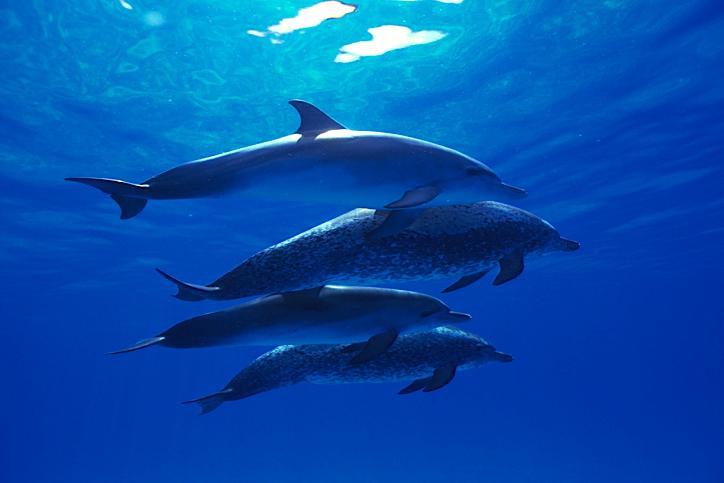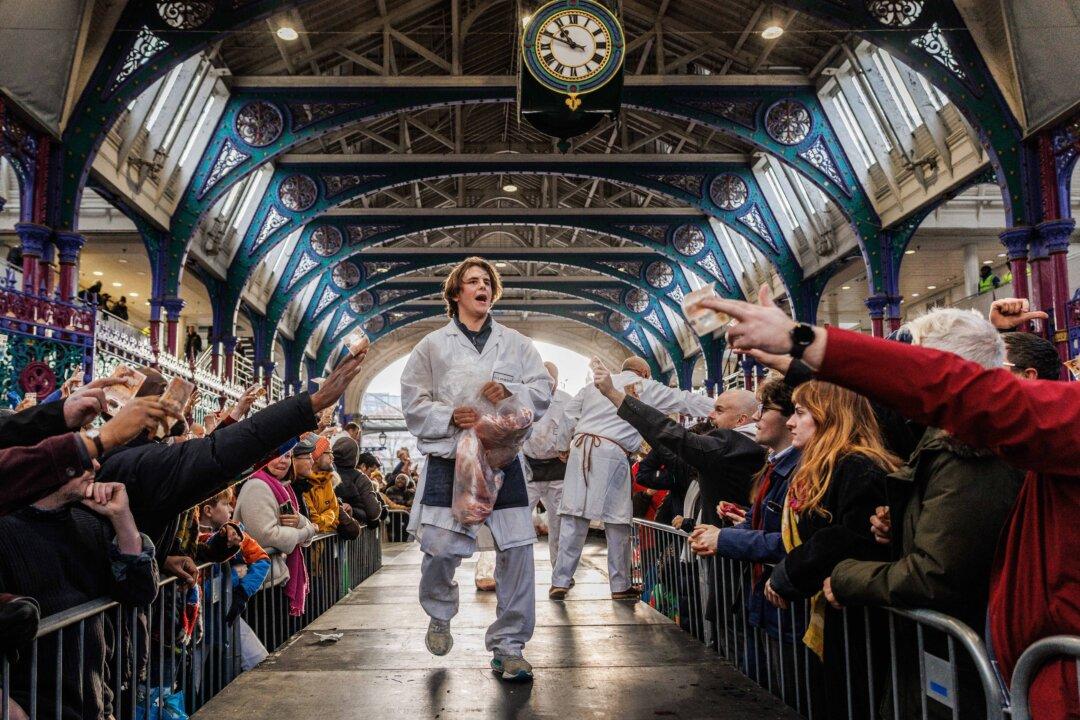During pregnancy, bottlenose dolphins adopt a slower swimming style due to their baby bumps, making prey capture more difficult, and also increasing their vulnerability to predators and fishing vessels.
Researcher Shawn Noren from the University of California Santa Cruz joined a dolphin pod in captivity just before two females gave birth, and analyzed how pregnancy affected their swimming.
Noren filmed the dolphins’ movements underwater in the final two weeks of pregnancy, after their calves were born, and at regular intervals during the following two years.
The dolphins were slower in pregnancy, restricted to a maximum speed of 3.54 meters per second, but regained a comfortable speed of 2-3 meters per second after giving birth.
“The pregnant females had huge protrusions where the fetus was sitting towards the back end of the body,” Noren said in a press release.
She discovered that the dolphins’ frontal surface area increases by 51 percent, and that near term, they experienced almost double the drag or water resistance.
Another contributing factor is increased fat stores for lactation, which also increases females’ buoyancy.
“The buoyancy issue is going to be problematic when you are going down on a dive to capture prey and they are going to need extra energy to overcome that buoyant force,” Noren said.
The swimming style or gait is also different during pregnancy. The pregnant dolphins could not move their tail fins so widely, with the amplitude of the tail beat width reduced by 13 percent. However, they moved their tails faster to compensate for the decreased propulsion.
Heavily pregnant dolphins are largely disadvantaged in attack, and may be unable to keep up with other dolphins if hunted by predators or fishing vessels, Noren said, citing an example of massive nets used in the eastern tropical Pacific to hunt tuna.
“Here is a fast speed event, so it is possible the near term pregnant females are being left behind in the chase,” Noren explained.
“They are reliant on a large pod for protection and cooperative feeding, and once the animal is separated it would be hard for it to find the pod again.”
The article was published online in the Journal of Experimental Biology on Nov. 24.







